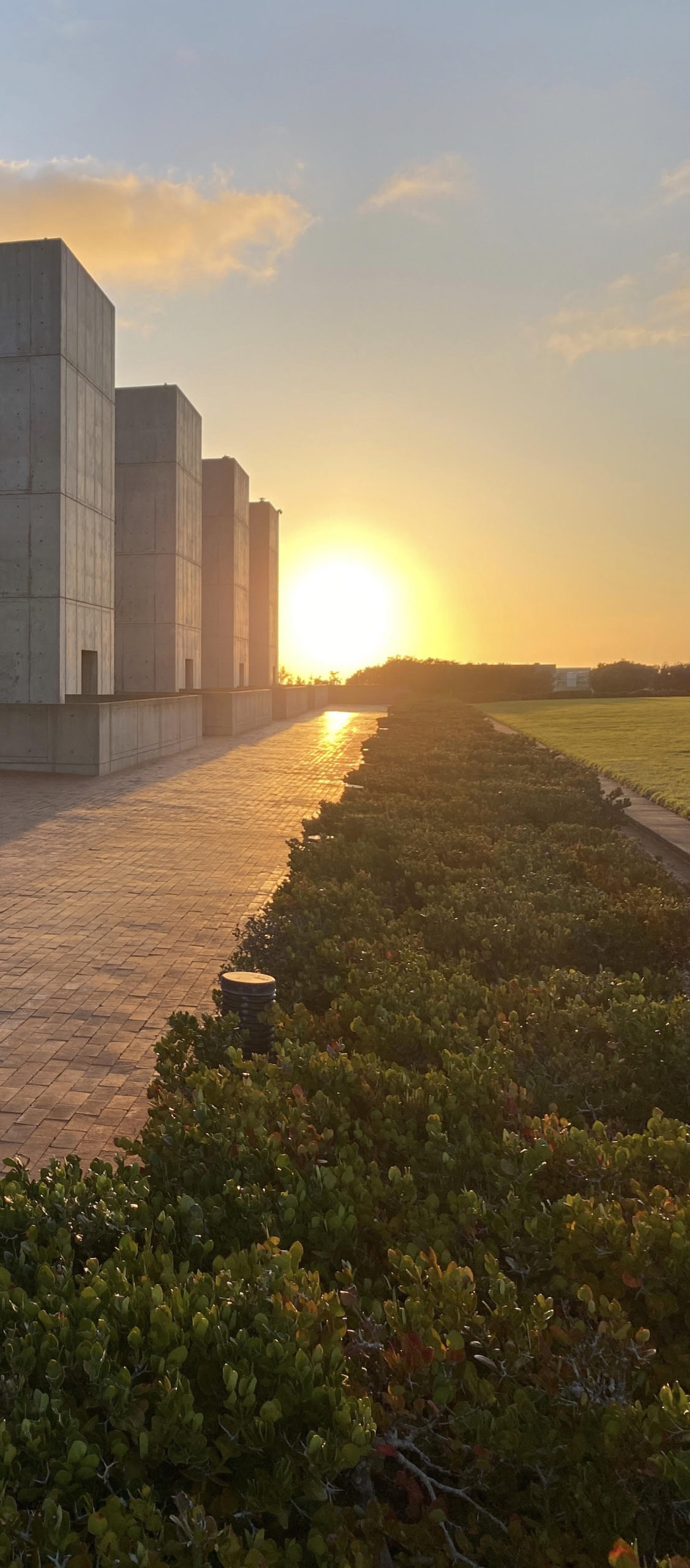
Polio, a disease with a long, complex history, has caused great suffering and countless deaths. There are Egyptian paintings that depict people that appear to have contracted the virus. However, the first identified and recorded case was in 1773 and credited to Sir Walter Scott. Major Polio epidemics started breaking out in the United States and Europe around 1900. In 1916 an outbreak that started in Brooklyn, New York, resulted in more than 27,000 reported cases and 6,000 deaths in the US. In 1949 another Polio epidemic in the US resulted in 42,173 people contracting the virus, of which 2,720 died. Unlike the way Covid-19 is transmitted, through tiny airborne particles, Polio is spread by ingesting infected fecal matter—often through untreated or contaminated water. Eliminating any virus is complicated, costly and requires worldwide vigilance. Since the vaccine developed by Jonas Salk in 1955, the scourge has been largely controlled. In 1980 more than 52,000 cases of Polio were reported, and by 2017 there were only 22 cases reported globally.
In 1959 Salk contacted Louis Kahn to help design a biological research center on a spectacular piece of land on the Pacific coast that was gifted to him by the City of San Diego. The result is the lauded Salk Institute, admired for its combination of functionality and beauty. Five decades after it was built the exterior of the building remains unaltered—a testimony to Kahn’s foresight and timeless aesthetic. The main feature is a series of labs that are situated with views of the ocean. These labs form an iconic inner courtyard with a linear water feature that disappears into the sunset every evening. I visited the building recently at the perfect time of day but could not enter the courtyard due to the Covid 19 pandemic restriction. While important foundational research was being conducted inside this facility, I took this photo from the public sidewalk that skirts the facility. This important research could easily take place in a banal, uninspired suburban medical park, but thankfully, this inspired structure stands as an enduring monument to scientific pursuits that sustain a life worth living.

Hi David…I’m in Detroit right now….hometown of Eliel Saarinen (Cranbrook), Yamasaki, and some great stuff by Van de Rohe, etc…Your blog on Kahn reminded me of a film I saw at the Detroit Institute of Art called MY ARCHITECT….a great doc on Kahn filmed by his son after his death….just in time to capture insight from insiders….there is a good chance you have seen it tho….Kahn is one of my favorite architects….the film details his isolated death in Grand Central Station in NYC